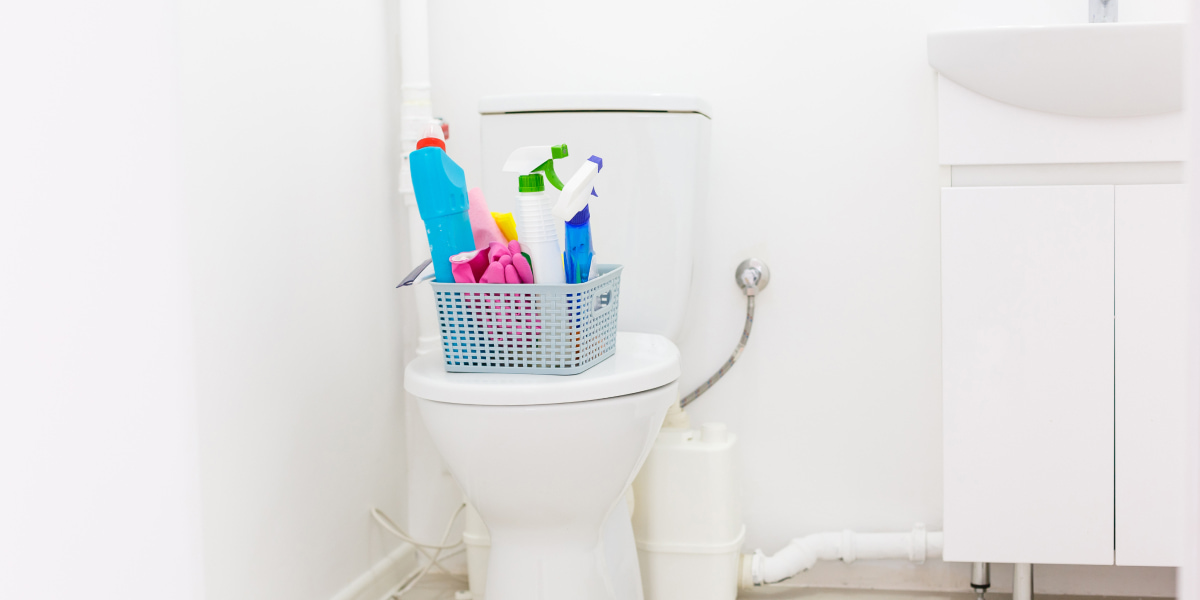Published on October 25th, 2022
Last updated on February 3rd, 2023
How To Fix A Slow-Draining Sink
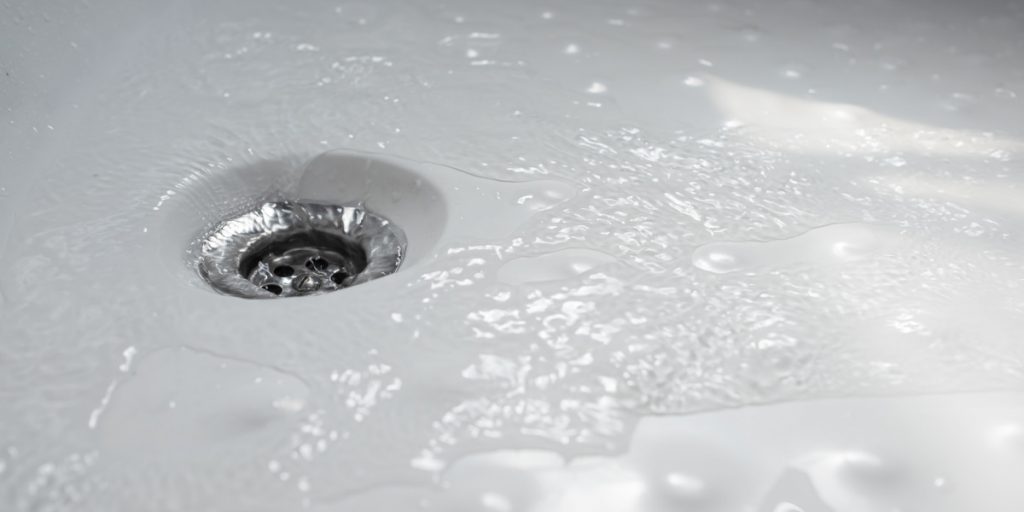
The problem of a slow sink drain in a kitchen or bathroom is common in many homes. This extremely unpleasant problem prevents you from doing daily activities comfortably, like brushing your teeth, washing plates, or even doing your routine procedures on your face before bed.
Slow-draining sinks can be caused by many things, including sediments, hair, soap, and small pipe debris. Luckily, many useful products on the market solve bad sink drain problems. So, you can use aggressive products that will corrode the accumulated garbage, or you can manually take out that vile monster that lives in your drain pipe.
No matter your chosen method, we will tell you the most valuable and working strategies for dealing with slow draining. Therefore, stay with us, read the article to the end, and you will easily deal with poor water drainage in the sink.
The Best Ways to Fix a Slow-Draining Sink
So, you’re ready to clean your sink and want to use the best drain in your city. What do you need for this?
You should gather the following:
- A plunger.
- A bucket.
- Rags or old towels.
- Gloves (optional).
- Aggressive product for the slow drain.
Once you have all the tools you need to deal with a clogged sink, you can begin cleaning. For this, you do not need professional skills and knowledge. And the cleaning procedure itself will not take more than 40 minutes.
As a result, you will get high-quality, and fast-draining water in the sink and will be able to enjoy household chores without anger and waiting for the water to drain.
Use a Plunger
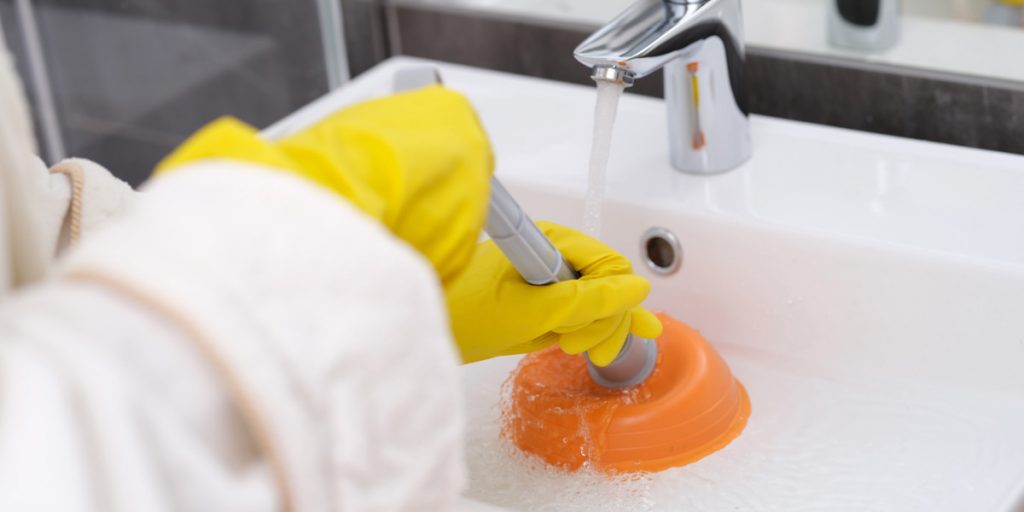
Fill the sink with enough water to cover the plunger cup. Splash some water around the edges of the sink to wet them. This will help create a seal between the plunger and the sink.
Place the plunger over the slow sink drain and push it down so that the cup forms a seal. Start plunging up and down vigorously. Be sure to keep the plunger moving up and down at a steady pace – don’t stop until you’ve made 10-15 plunges.
Once you’re finished, remove the plunger and run the water for a few seconds to see if it’s draining correctly. If not, repeat the steps until the slow-draining problem is fixed. This method is a classic solution that helps in 90% of cases. However, if even after several attempts to get rid of the water, nothing helps you, you should take something more serious.
Clean the Drain and Pipe

You can try cleaning your sink drain if the plunger method doesn’t work. Most likely, the problem is debris and hair that could be stuck in the sink. To clean this, you can try to remove the pop-up and get rid of all the hair you see there. After that, place the construction back and try to drain the water. If your problem is not resolved, the following method may help you.
It’s Time for a Chemistry Lesson
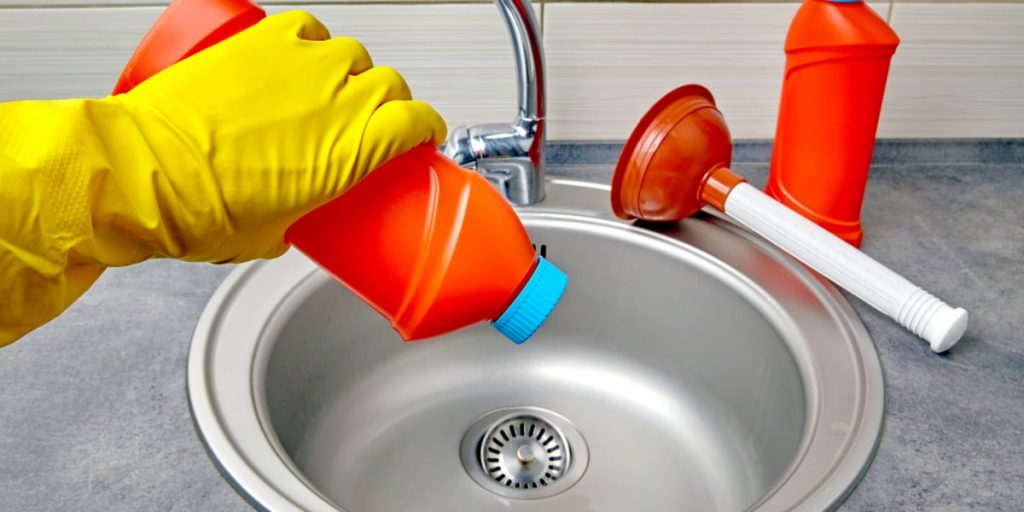
This sink cleaning method is one of the best and will give you the best results. So, you need to buy an aggressive sink cleaner. This product can be found at any home improvement store.
After you have purchased the product, you can begin the procedure. You need to:
- Put on gloves, as sink cleaner is dangerous to the skin and can cause serious harm if it comes into contact with your body.
- Get a pop-up if you have a modern sink. After that, you need to pour the product into the slow sink drain and pour a glass of water.
- After that, you should wait up to 30 minutes and rinse your sink.
Such a tool does an excellent job with organic waste and easily dissolves it. However, you must be careful not to get the product on your skin or mucous membranes. Otherwise, you must urgently wash the affected area and consult a doctor.
In addition to aggressive products, you can also use home remedies to fix the slow draining of the sink. So, you can use half a glass of vinegar and half a glass of baking soda to create a chemical reaction. Pour the substance and wait about 15 minutes. After that, heat the kettle and pour hot water down the slow sink drain.
Clean the Water Trap
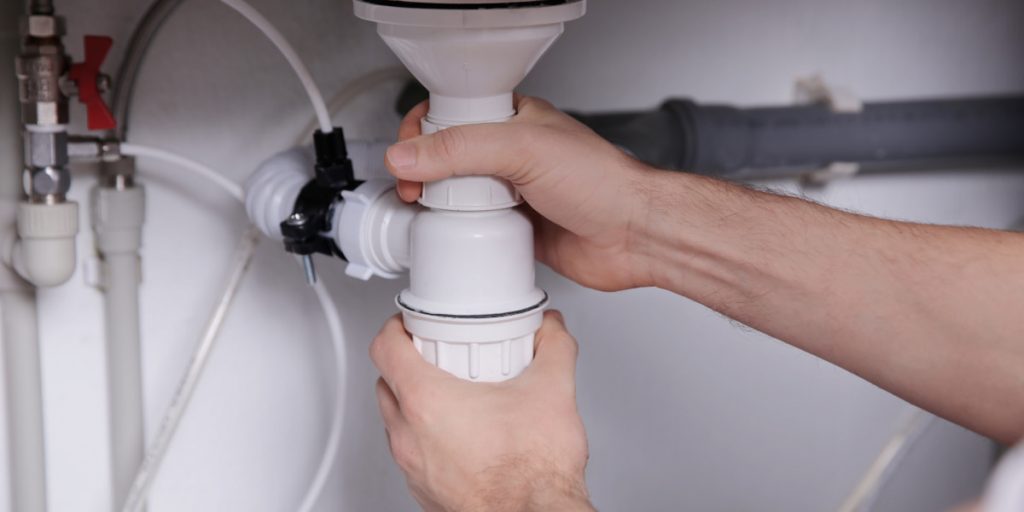
The function of the water trap is to collect any water that flows down the drain so that it can’t escape into the atmosphere and cause odors. Over time, the water trap can become clogged with all sorts of things like hair, food particles, and soap scum. When this happens, it’s time to clean out the water trap.
You should:
- Place a bucket underneath the P-trap to catch any water that may spill.
- Loosen the slip nuts that connect the P-trap to the slow silk drain and overflow tube. Be careful not to drop them into the sink. You may need a wrench to loosen them. If so, place a cloth over the wrench to prevent scratching the finish on the slip nuts.
- Once the slip nuts are loose, remove the P-trap and empty it into the bucket.
- Rinse the P-trap with warm water and reattach it to the sink drain and overflow tube. Make sure you hand-tighten the slip nuts before using a wrench to give them an extra tight seal.
- Test your work by running some water down the sink and making sure it drains quickly. If it doesn’t, check for leaks at all connections and tighten as needed.
How to Prevent the Slow Sink Drain
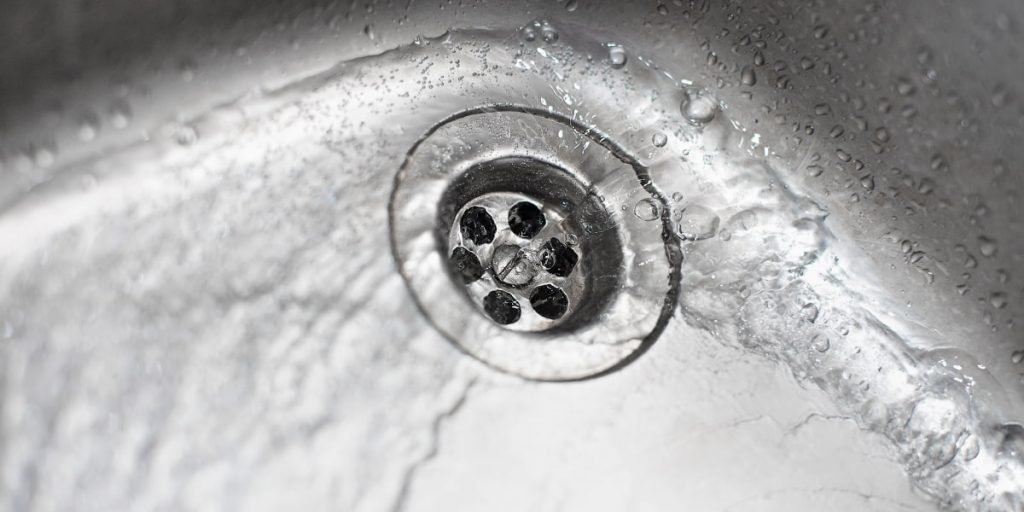
You can simply keep the clog out to successfully deal with debris in the sink. For this:
- Clean your water trap regularly to help keep your sink draining correctly and prevent odors from escaping into your home. We recommend doing this every few months or as needed.
- If you see hair in the sink, try to always throw it in the trash instead of rinsing it off with water. Do the same with toothpaste and soap that ends up in the sink.
- If your problem area is the kitchen and not the bathroom, then while washing the dishes, throw all the waste in the trash and only then wash the dishes. This way, you will prevent the accumulation of debris in the pipes.
- Pour hot water into the sink drain regularly. This will help melt the soap or other mixtures. You can make this your routine during every house cleaning.
Bottom Line
As you can see, cleaning the sink of excess debris is not so difficult, but it may require a minimal investment of money and effort. In any case, even the longest procedure will take 30 minutes, and you should do something for only 5 of them. And the result will be worth the effort.
The main thing to remember about safety when working with hazardous products that can corrode waste in pipes.
FAQ
How to fix a slow-draining sink?
One simple fix is to pour a pot of boiling water down the drain. This will help to melt any grease or soap scum that may be causing the obstruction. You can also try using a plunger to try and dislodge the blockage. If neither of these methods work, you may need to call a plumber to help clear the drain.
How much does it cost to fix a slow-draining sink?
The cost of repairing a slow-draining sink will depend on the severity of the problem. If you are able to clear the blockage yourself, there will be no cost other than your time. If you need to call a plumber, they will charge according to their rates. The average cost of hiring a plumber is $50-$100 per hour.
Who can help with a slow-draining sink?
If you are having trouble fixing your slow-draining sink, you may need to call a plumber. Plumbers are trained professionals who can quickly and easily fix drains. They will have the tools and knowledge necessary to fix your problem.
What if I won’t clean the sink?
A build-up of hair, soap scum, and food particles can cause your sink to drain slowly. To keep your sink draining properly, it is important to clean it on a regular basis. You can use a plunger to help clear any blockages that may form.


